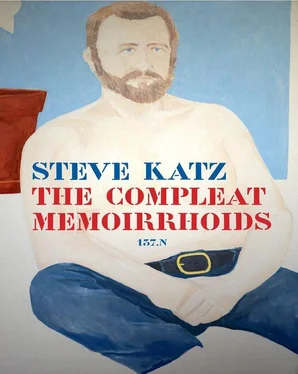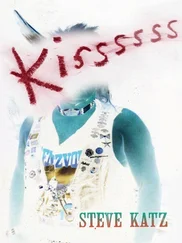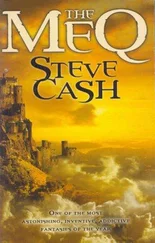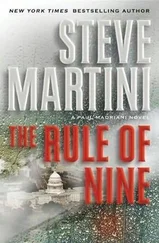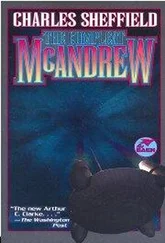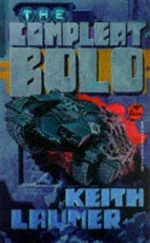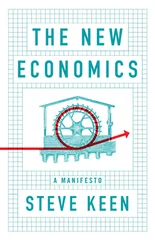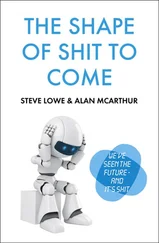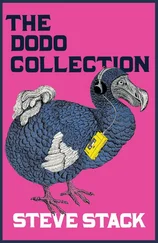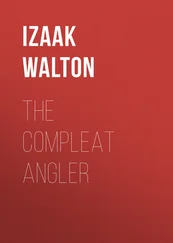And I knew Gerard Malangawho was a poet and Warhol’s assistant,
and I met Andy Warholto the extent that anyone could meet him (other than Valerie Solanis). I had little desire to visit The Factory. My interest in the gay drug scene was minimal. It seemed too indolent, too destructive. So many acolytes, like Edie Sedgwick, like Viva, died young. Ted Berriganis one of my favorite poets, and totally great, but the scene around him encouraged the illusion of the romance of drugs. Elio Schneeman. brilliant young Arthur Rimbaudof the New York streets, O.D.’d at thirty-five. Jim Brody, alas. Jim Carrollclose to Ted but on his own. George Schneemanwas for a while fascinated by Rene Ricard, hysterical art queen, who discovered and promoted the careers of Julian Schnabeland Jean-Michel Basquiat. But to know Rene you had to lend him money. He lived across the hallway from me when I was subletting Larry Fagin’s apartment in the 12th Street building that was known as the Poet’s dormitory. Allen Ginsbergand Peter Orlofskyhad an apartment there, as did John Godfreyand Lorna Shmedman.
On the subway to Brooklyn, where I once taught at Brooklyn College with the novelists Peter Spielbergand Jonathan BaumbachI frequently rode with Alex Katz(no relation) on his way to teach at BAM, before he became the greatest Katz of all. Jonathan’s son, Noah Baumbach, simmering in relation to his family, has become an indie director of well-received high-end soap-operatic melodrama.
At a party once at the Central Park West apartment palace of Jean Vandenheuvel, where I blew my chance at fame and fortune, I was offered intro to Arthur Schlesinger, Norman Mailer, Gore Vidal, Tom Wolfeand others of radical chic eminence, but I couldn’t handle it. I was more comfortable at a party of writers at the Gotham Book Mart. All the poets gathered there for the launch of Bill Zavatsky’s Sun Magazine . There was Jim Brody, John Godfrey, Kenneth Koch, Bernadette Mayer, Ted Berrigan, Alice Notley, Ron Padgett, Dick Gallup, James Schuyler, Edwin Denby, Rudy Burckhart, Yvonne Jacquette, Anne Waldman, Barbara Guest, Allen Ginsberg, Peter Orlofsky, Michael Brownstein, Maureen Owen, Bill Berkson, Tony Towle. At one point John Ashberyarrived. It was 1975. He was fresh from having won the Pulitzer, the National Book Award, the National Book Circle Critics’ award. “How do you feel?” someone asked him. “Terrible.” John responded. “What’s wrong?” A note of real concern. The poet fabricated a pout. “I haven’t won a major literary prize in almost two weeks.”
Gregory Corsowas not at this party, though he was frequently elsewhere. He’s a widely admired poet. Even I love some of his work. I once saw him at a reading by Allen Ginsbergat St. Marks in the Bouwerie streak buck naked in front of the podium. “I am the first person to streak for poetry,” he declared. The irrepressible Taylor Mead, actor, social antidote, ephemeral antiwrestler, lifted his gumby-like body from his pew. “O Gregory,” he said. “I streaked for poetry years ago.” Whenever I ran into Gregory in New York or Boulder, Colorado he always tried to capture me with the same shtick. “Hey, man. Do you want to see me touch the sky?”
Kathy Acker, who at the time called herself The Black Tarantulawasn’t at this party either. Kathy granted me the anonymous blow-job in my novel, Moving Parts . I kept it anonymous to protect her from shame. My good friend Jane DeLynn, wonderful writer of lesbian novels, and journalist, explained that Kathy has no shame. If I had known how her work was going to grow her into the feminist icon she became I would have proudly named her for her performance in Moving Parts .
In Ithaca I had dinner at A.R. Ammons’s table, with Harold Bloom. I was intimidated by the reputation, as usual, and didn’t impress the monster reader of books, nor did he impress me, particularly not with his politics. He seemed to favor the idea that was abroad in this time of civil rights protest and movements against the Vietnam war of reopening those internment camps used in WWII for the Japanese, to corral the Black Panthers, and the Weathermen and other radical groups. Bloom was negotiating at the time for Archie to dedicate a poem to him, in return for which he would write about the poet, a book or a major article. Archie had come to academia from the business world. This was what Archie might have called “poetry bidnis”. The change of the title of a poem from something else to “To Harold Bloom” came out of those negotiations, and the critic then registered Ammons as one of his “strong poets.”
At Cornell at the time I taught there a potent gathering of young artists had settled either in architecture or fine arts. Charles Rosstaught there, as did the remarkable painter Richard tum Suden, who showed great witty paintings at Tibor deNagy for several years, then dropped out of the fray. The sculptor Jason Seelywas teaching, the painter Alan Atwellas well. Jim Dinetaught there for a year. Among the students were Gordon Matta-Clark, who died too young, Alan Saret, Susan Rothenbergwho before she did her horse outline paintings worked as an assistant to the great Nancy Graves, Joel Perlman, Donald Evanswho also died too young. Stephen Gottlieb, an architecture student, marshalled their energies to hand print a book of my poems, The Weight Of Antony . I didn’t appreciate it enough at the time. Many of these young artists went to New York to participate in and create the artistic ferment of the Seventies, around Jeffrey Lew, Robert Morris, Yvonne Rainer, Chuck Close, Phil Glass, Steve Reich, Walter DeMaria, Michael Heizer, Lamonte Young. Charlemagne Palestine, Peter Dean, Donald Judd, Dan Flavin, Suzanne Harris, Robert Smithson, Carl Andre, Sol Lewitt, Fred Sandbach, Richard Long, many in the Virginia Dwangallery. Many others. Many many others.
All these names I drop, along with other names throughout these Memoirrhoids . I am dropping names, and I apologize to anyone whose name I missed. After I stop writing on these pages I will continue to drop names. I do it somewhat out of my love for the great fifteenth century French poet, scholar, vagabond, thief — Francois Villon. His Testament . And I am dropping these names like paving stones along the trail of my own brief trek to oblivion. And to you who read this make whatever you will of these droppings. I say to you goodbye, I bid you adieu, adios, but more hopefully arrivederci .
Under his wide beige Kentucky Stetson, Carl Henry was a smallish man. A thick cigar, unlit, projected perpetually from his face, like a stray beam out of a construction site. Sometimes it stood vertical as a chimney pipe, next to his long nose. I never saw him light one up, nor let out a puff of smoke, though sometimes I could smell the cigar coming from his private office.
I worked for Carl Henry Tobacco. When Stuyvesant High School was on 18th Street and First Avenue it ran two sessions, morning and afternoon. In your last two years you attended the morning session, and that gave you five hours to work a job in the afternoon. I became the shipping clerk for Carl Henry’s denicotinized cigars and cigarettes. I can’t say for sure if they removed the nicotine, but that was how their product was advertised. Their business was mail order. They organized the orders in the morning. I came in the afternoon and wrapped the cartons of cigarettes and boxes of cigars in corrugated cardboard and paper, stuck labels on them, and wheeled them to the Post Office.
Читать дальше
